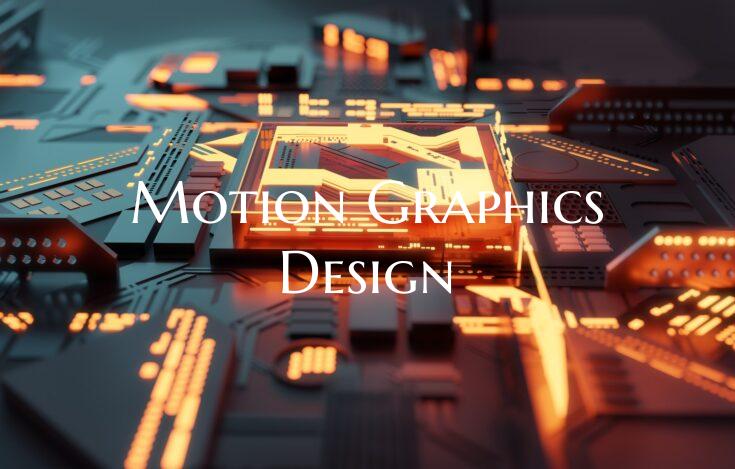Motion Graphics Design
Motion Graphics Design: Transforming Ideas into Dynamic Visual Experiences
Motion graphics design has emerged as a powerful medium that blends the worlds of graphic design, animation, and digital effects to create visually captivating and engaging content. Through the artful integration of motion and design elements, motion graphics designers breathe life into static visuals, transforming them into dynamic and immersive experiences.
At the core of motion graphics design is the seamless synergy between creativity and technology. Designers harness various tools and software applications to animate texts, shapes, images, and videos, orchestrating them in a choreographed dance of movement, timing, and visual effects. By leveraging the principles of timing, pacing, and storytelling, motion graphics designers craft narratives that resonate with and captivate audiences.
One of the key strengths of motion graphics design lies in its versatility and adaptability across a wide range of mediums and platforms. From promotional videos and advertisements to explainer animations and title sequences, motion graphics can be tailored to suit the specific needs of diverse projects and industries. Its ability to convey complex information in a concise and engaging manner makes it a valuable tool for communication and storytelling.
Moreover, motion graphics design plays a pivotal role in enhancing user experience and interactivity in digital environments. Whether used in websites, mobile apps, or multimedia presentations, motion graphics draw users in, guiding them through visual narratives that inform, entertain, and inspire.
In conclusion, motion graphics design is a dynamic and evolving field that continues to push the boundaries of creativity and technology. By marrying design aesthetics with motion dynamics, designers have the power to transform ideas and concepts into compelling visual experiences that leave a lasting impact on audiences.

